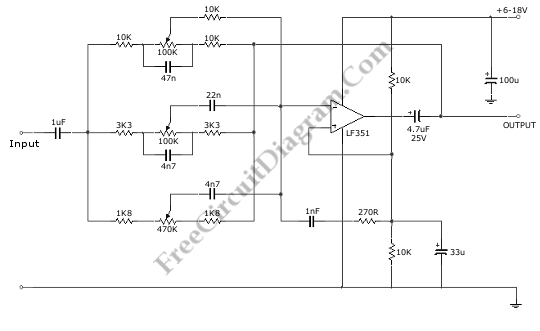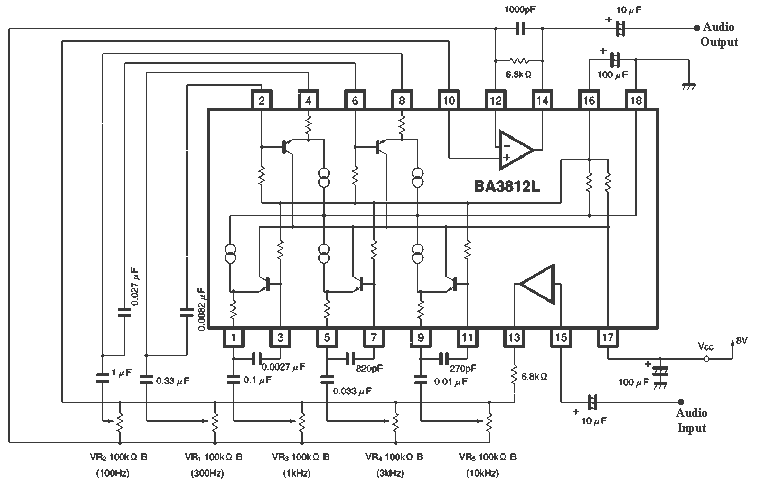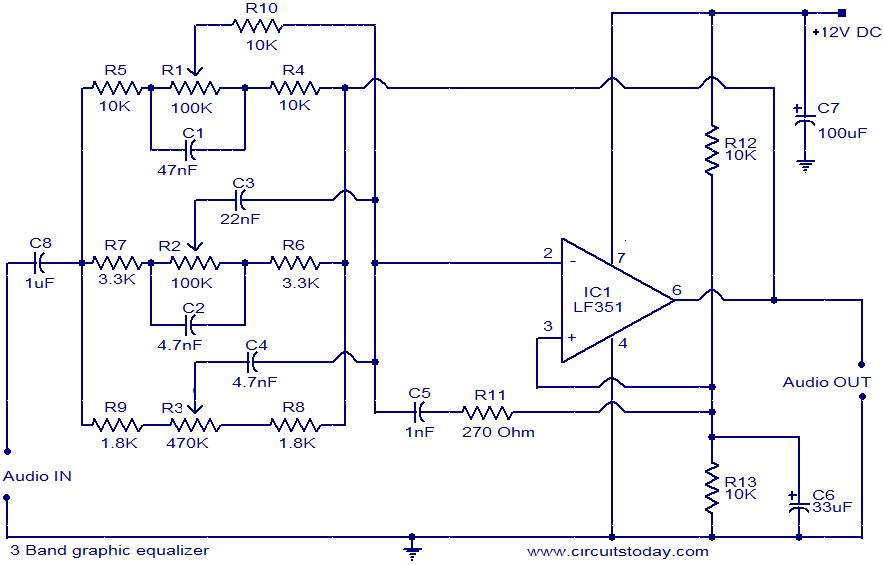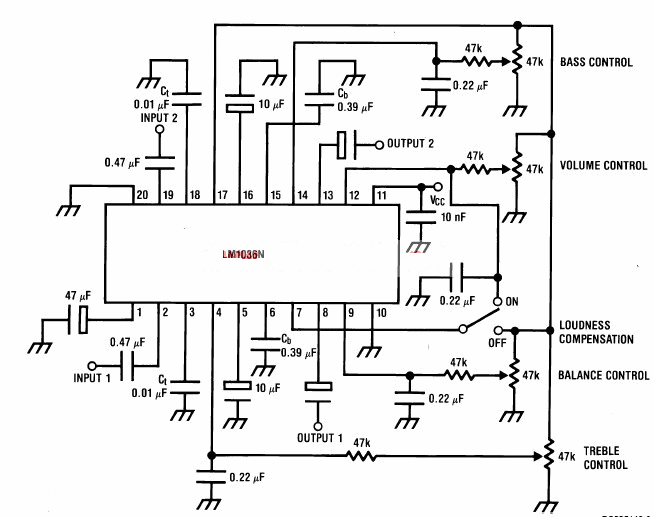
Pultec EQP1A Equalizer
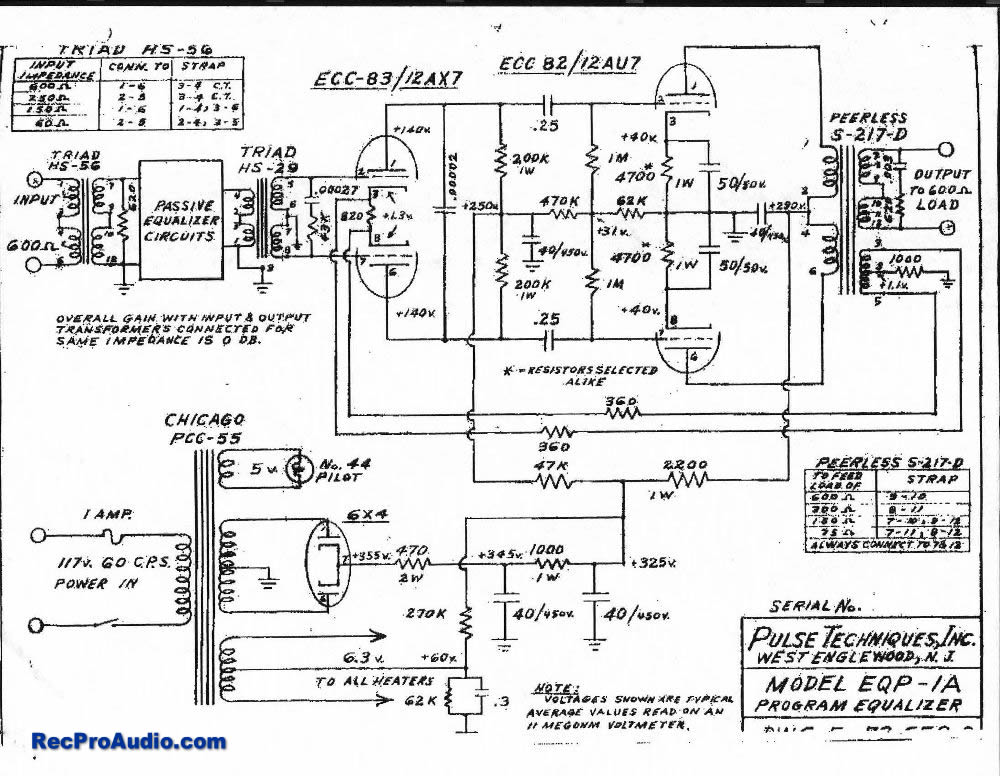
This project closely replicates the vintage Pultec EQP-1a equalizer. It is constructed from the original Pulse Techniques Pultec schematic, with the layout adapted for modern replacement components such as filter capacitors and transformers. The total parts cost is approximately $1265 USD. A complete Pultec EQP-1a kit is also available for $1645, which includes upgraded filter section capacitors, a new master layout, and 500 high-resolution assembly photographs. While the original Triad HS-56, HS-29, and Peerless S-217-D transformers would have been ideal, sourcing these components is challenging due to the rarity of the Peerless S-217-D output transformer. Consequently, the focus shifted to modern equivalents from Sowter, which have a smaller footprint suitable for a 2U rack chassis while maintaining high-quality performance. The original Chicago PCC-55 power transformer is occasionally available on eBay at reasonable prices. For the inductor, the Cinemag Pultec replacement CML-150T was selected. Build notes indicate that the EQP-1a's amplifier section is separated from the passive filter circuit using two distinct turret boards, with the amplifier located on the rear panel. This design choice allows for effective routing of filament wires in the upper corner of the chassis, minimizing noise and keeping high-tension components away from the passive circuit. Notably, the 6x4 rectifier operates on the same 6.3V filament as the 12AX7 and 12AU7 tubes, while the power transformer’s rectifier 5V winding exclusively powers the lamp. The interstage and input transformers were relocated to the left of the bottom turret board, with the inductor positioned on the right. Grounding is achieved at three points: one at the output transformer lug, one at the input XLR, and one at the power transformer. The Pultec functions effectively and quietly, demonstrating a perfectly flat response when the equalizer is set flat, with accurate EQ curves across all configurations, including gain settings.
This electronic schematic describes a sophisticated audio equalizer based on the classic Pultec EQP-1a design, integrating modern components for enhanced performance and reliability. The chosen layout emphasizes effective lead dress practices, ensuring minimal interference and noise, which is crucial in audio applications. The separation of the amplifier section from the passive filter circuit using turret boards allows for optimized signal integrity and noise reduction.
The use of contemporary transformers from Sowter not only addresses sourcing challenges associated with vintage components but also provides a compact design suitable for modern rack systems. The selected Cinemag inductor is designed to replicate the original performance characteristics of the Pultec while fitting within the updated framework.
Grounding techniques are critical in audio equipment design, and the three grounding points help to prevent ground loops and maintain signal clarity. The careful routing of filament wires and the strategic placement of components contribute to the overall quiet operation of the unit, making it suitable for professional audio applications where fidelity is paramount.
In summary, this detailed schematic description outlines the construction and operational principles of a modern Pultec EQP-1a equalizer, highlighting the thoughtful integration of vintage design with contemporary engineering practices, resulting in a high-quality audio processing tool.This is about as close as you can get to a real vintage Pultec EQP-1a. Built from the original Pulse Techniques Pultec schematic with the layout designed around modern replacement parts (filter caps and trannys); and utilizing best practices regarding lead dress and component placement. Parts cost is around $1265 USD. I now offer a complete Pultec EQP-1a Kit for $1645 that includes upgraded filter section capacitors, a new master layout and 500 high-resolution assembly photos. The Pultec`s original Triad HS-56, HS-29 and Peerless S-217-D transformers would have been great, but sourcing them all is very difficult, primarily because of the rarity of the Peerless S-217-D output tranny.
As the Peerless is so exotic, I didn`t really care about sourcing the input and interstage trannys because without the S-217-D, the point seemed moot. On the plus side, modern EQP-1a equivalents from Sowter have a much smaller footprint which facilitates a 2u rack chassis if desired - and the quality is artisan.
For those inclined, the original Chicago PCC-55 power tranny does appear on eBay with some frequency and modest pricing. For the inductor, I chose Cinemag`s Pultec replacement CML-150T. Build notes: I separated the EQP-1a`s amplifier section from the Pultec passive filter circuit by way of two separate turret boards.
The amp section is on the rear panel. This provided a nice way to route the filament wires in the upper corner of the rear of the chassis to keep things quiet as well as keeping the HT stuff away from the passive. One particularly interesting thing is that the 6x4 rectifier runs off the same 6. 3V filament as the 12ax7 and 12au7 tubes, and the power transformer rectifier 5V winding only powers the lamp.
I ended up moving the interstage and input transformers to the left of the bottom turret board and the inductor to the right side. I think there are 3 grounds points: One at the OT lug. One at the input XLR, and one at the power tranny. The Pultec works great and is very quiet. I ran several sweeps and it`s perfectly flat with the eq in and set flat. The eq curves look very accurate as well in all configurations, including gain. 🔗 External reference
This electronic schematic describes a sophisticated audio equalizer based on the classic Pultec EQP-1a design, integrating modern components for enhanced performance and reliability. The chosen layout emphasizes effective lead dress practices, ensuring minimal interference and noise, which is crucial in audio applications. The separation of the amplifier section from the passive filter circuit using turret boards allows for optimized signal integrity and noise reduction.
The use of contemporary transformers from Sowter not only addresses sourcing challenges associated with vintage components but also provides a compact design suitable for modern rack systems. The selected Cinemag inductor is designed to replicate the original performance characteristics of the Pultec while fitting within the updated framework.
Grounding techniques are critical in audio equipment design, and the three grounding points help to prevent ground loops and maintain signal clarity. The careful routing of filament wires and the strategic placement of components contribute to the overall quiet operation of the unit, making it suitable for professional audio applications where fidelity is paramount.
In summary, this detailed schematic description outlines the construction and operational principles of a modern Pultec EQP-1a equalizer, highlighting the thoughtful integration of vintage design with contemporary engineering practices, resulting in a high-quality audio processing tool.This is about as close as you can get to a real vintage Pultec EQP-1a. Built from the original Pulse Techniques Pultec schematic with the layout designed around modern replacement parts (filter caps and trannys); and utilizing best practices regarding lead dress and component placement. Parts cost is around $1265 USD. I now offer a complete Pultec EQP-1a Kit for $1645 that includes upgraded filter section capacitors, a new master layout and 500 high-resolution assembly photos. The Pultec`s original Triad HS-56, HS-29 and Peerless S-217-D transformers would have been great, but sourcing them all is very difficult, primarily because of the rarity of the Peerless S-217-D output tranny.
As the Peerless is so exotic, I didn`t really care about sourcing the input and interstage trannys because without the S-217-D, the point seemed moot. On the plus side, modern EQP-1a equivalents from Sowter have a much smaller footprint which facilitates a 2u rack chassis if desired - and the quality is artisan.
For those inclined, the original Chicago PCC-55 power tranny does appear on eBay with some frequency and modest pricing. For the inductor, I chose Cinemag`s Pultec replacement CML-150T. Build notes: I separated the EQP-1a`s amplifier section from the Pultec passive filter circuit by way of two separate turret boards.
The amp section is on the rear panel. This provided a nice way to route the filament wires in the upper corner of the rear of the chassis to keep things quiet as well as keeping the HT stuff away from the passive. One particularly interesting thing is that the 6x4 rectifier runs off the same 6. 3V filament as the 12ax7 and 12au7 tubes, and the power transformer rectifier 5V winding only powers the lamp.
I ended up moving the interstage and input transformers to the left of the bottom turret board and the inductor to the right side. I think there are 3 grounds points: One at the OT lug. One at the input XLR, and one at the power tranny. The Pultec works great and is very quiet. I ran several sweeps and it`s perfectly flat with the eq in and set flat. The eq curves look very accurate as well in all configurations, including gain. 🔗 External reference

